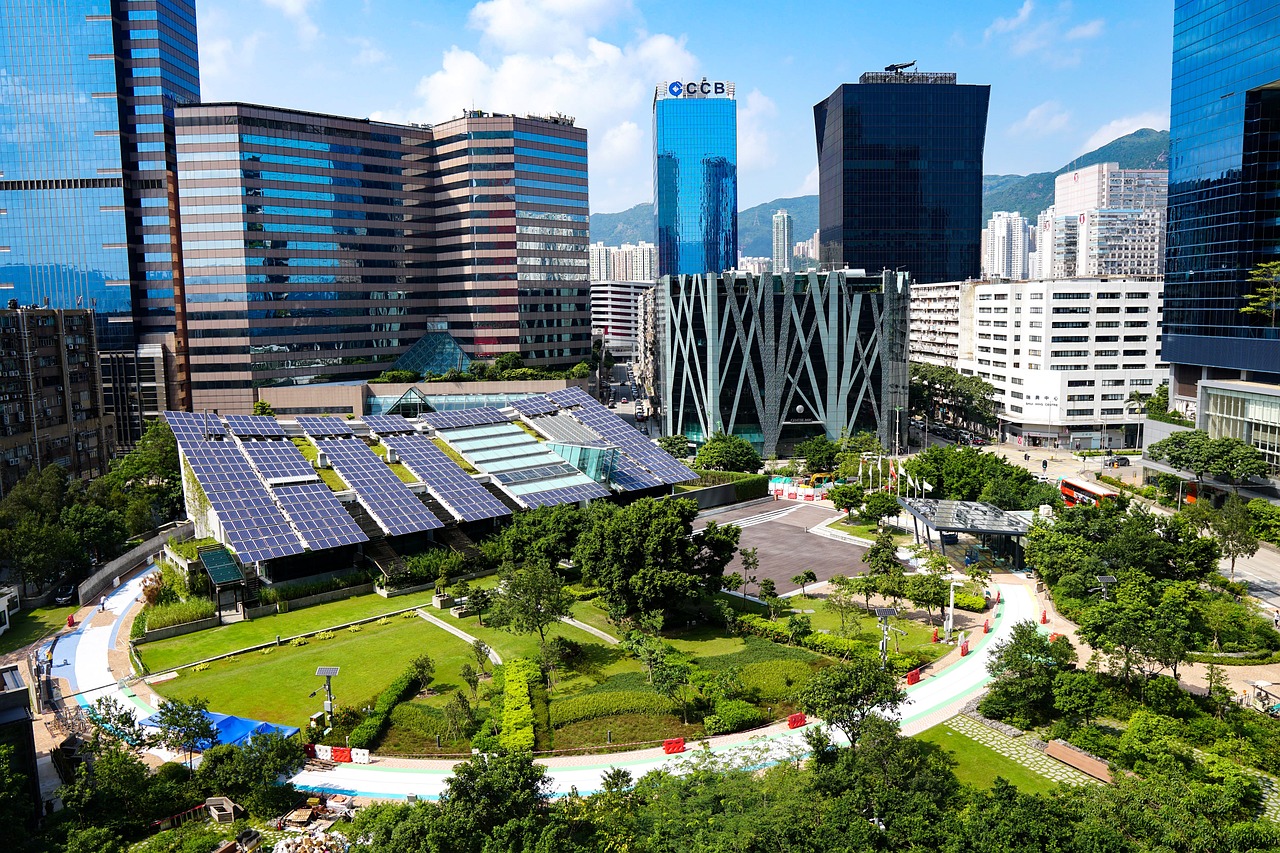Understanding Sustainable Business Practices
Sustainability has become a cornerstone of cutting-edge commercial enterprise strategies. Companies globally prioritize environmental stewardship, resource conservation, and network engagement.
Environmental Responsibility in Business
Environmental duty requires reducing waste, slicing emissions, and adopting renewable power resources. Businesses imposing green initiatives benefit consumer loyalty.
Circular Economy Models
A circular financial system minimizes waste by using reusing materials. Companies embracing this model shop resources, lower expenses, and boost performance.
Renewable Energy Investments
Investing in renewable electricity along with solar and wind reduces carbon footprints. It also creates opportunities for innovation and increase.
Supply Chain Transparency
Transparent delivery chains ensure ethical sourcing and decrease environmental effects. Businesses fostering duty enhance brand trust and competitiveness.
Energy-Efficient Technologies
Energy-green technologies lower operational costs and environmental impact. Innovations encompass smart grids, LED lighting fixtures, and optimized production.
Carbon Offsetting Strategies
Carbon offsetting balances unavoidable emissions. Initiatives like reforestation and renewable initiatives assist groups striving for internet-zero dreams.
Sustainable Product Design
Sustainable product design considers life cycle impact. Using biodegradable, recyclable substances aligns merchandise with patron values and environmental desires.
Corporate Social Responsibility (CSR)
CSR projects combine sustainability with community welfare. Programs supporting education, healthcare, and environmental protection enhance the organization’s reputation.
Waste Management Innovations
Efficient waste management systems lessen landfill use and pollution. Recycling programs and composting improve commercial enterprise sustainability metrics.
The Role of Technology
Digital equipment optimizes useful resource control. AI and IoT allow precise monitoring, predictive upkeep, and better decision-making for sustainability.
Water Conservation Efforts
Water conservation is vital. Installing water-efficient systems and lowering usage in operations guarantees sustainable water aid control.
Employee Engagement in Sustainability
Engaging employees fosters a subculture of sustainability. Training and incentives empower a team of workers to make contributions meaningfully to inexperienced initiatives.
Green Certifications
Green certifications validate sustainability efforts. Recognitions like LEED and ISO 14001 beautify credibility and entice environmentally aware customers.
Public Policy and Advocacy
Supporting sustainable guidelines influences systemic change. Businesses advocating for inexperienced rules contribute to broader environmental development.
Global Collaboration on Sustainability
Collaboration with global companies strengthens sustainability efforts. Joint tasks address global challenges like weather change and useful resource shortages.
Balancing Profit with Purpose
Successful sustainable groups stability profitability and environmental dreams. Strategic investments in sustainability ensure long-term boom and stability.
Educating Consumers on Sustainability
Educating consumers empowers informed selections. Marketing sustainable advantages boosts demand for green merchandise and strengthen emblem loyalty.
The Future of Sustainable Business
Sustainable commercial enterprise practices ensure resilience and relevance. Organizations ought to innovate, adapt, and lead in sustainability as challenges evolve.
Conclusion
Embracing sustainable commercial enterprise practices is essential for future success. By prioritizing sustainability, organizations can increase power and provide a nice alternative.


binance account creation
I don’t think the title of your article matches the content lol. Just kidding, mainly because I had some doubts after reading the article.